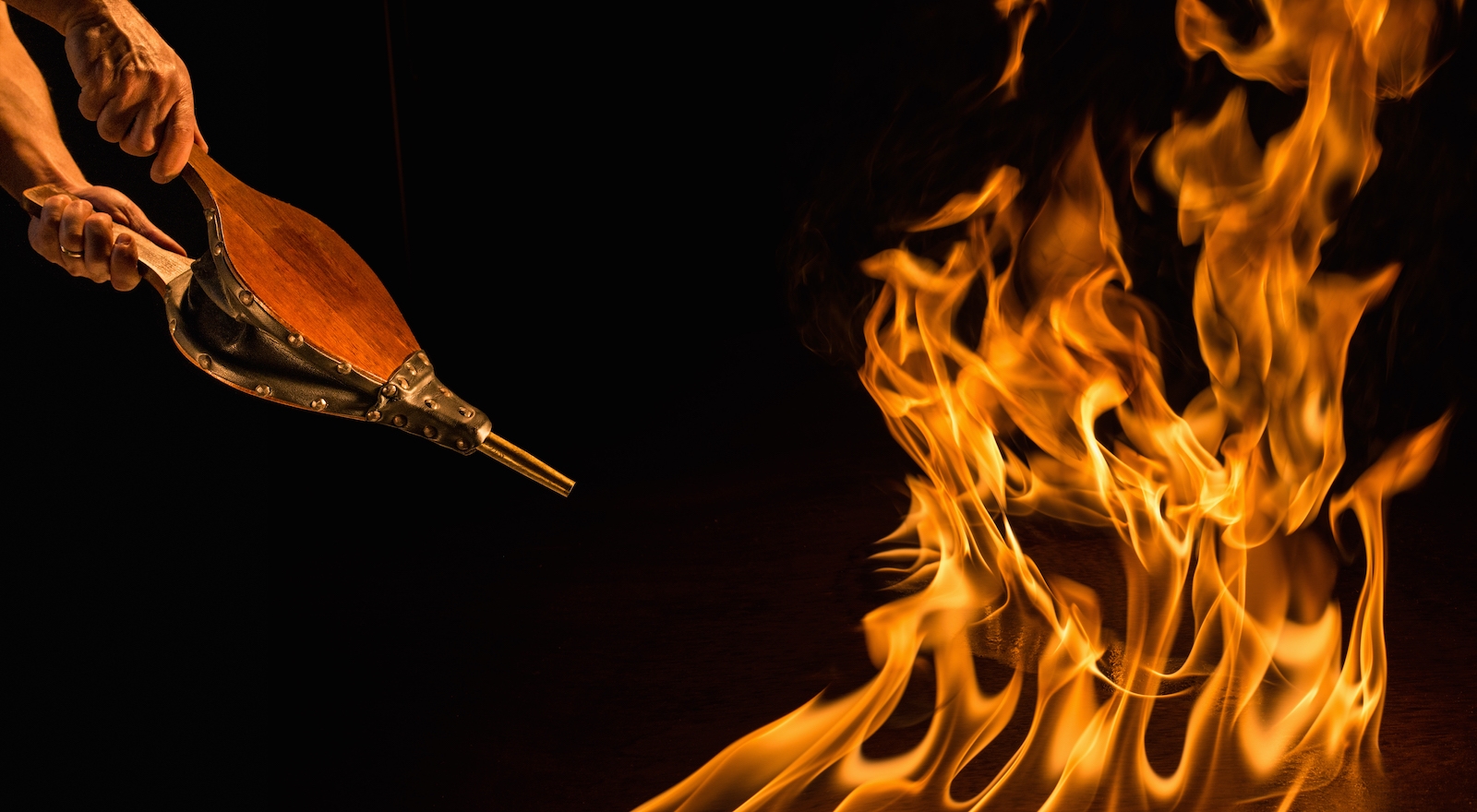Where I live in Quebec, we are currently under curfew. In the latest attempt to control the coronavirus, we are told to stay in our homes from 10:00 at night until 5:00 in the morning.
Living in a French-speaking place, the etymology of curfew becomes clear: couvre-feu – literally, cover the fire. In medieval times, a bell was rung every evening to tell people to cover the fires in their hearths to prevent conflagrations that could spread from home to home. A person who puts their neighbors at risk by leaving their fire burning is like the person in the midrashic tale who drills a hole under his seat in the boat and asks why others are bothered. Because, his shipmates reply (I imagine with some urgency), “the water will rise and flood us all!”
Hundreds of years ago, people understood what we have been slow to learn: Our actions affect one another, within the confines of a neighborhood and around the world.
Whether by plague or flood or fire, it is easy to worry that the world is ending. In moments like these, I take comfort in my study of history, remembering that we have feared the end many times before and somehow still remain. For me, the question is not, Is this the end? Rather, my question is: Assuming we find our way through this, how do we preserve what is precious?
With your help, My Jewish Learning can provide endless opportunities for learning, connection and discovery.
It is here that the couvre-feu is instructive. Covering the fire did not mean extinguishing it. Instead, a metal cover would be placed over the flames, enclosing the embers for the night. In the morning, a puff of the bellows would revive them.
Like many others, I have been trying for almost two years now to help our community thrive in new ways, to keep people connected, share spiritual nourishment, and find meaning in challenging times. We have insisted, rightly so, that online services, learning and lifecycle events are not virtual but real. And yet, this insistence comes with a risk, that in covering the embers to keep each other safe, we forget the warmth and beauty of a full and open flame. Comfortable on our couches, we risk forgetting the joy that comes with sitting beside someone in services, sharing food, finding sacred space in a sanctuary, making a stranger a friend. When all this is over, will we remember to lift the cover off the fire of our community life?
In this week’s Torah portion, fire is deeply significant. We first see its absence, in the description of the plague of darkness. The darkness of the penultimate plague is no ordinary darkness. It is a thick darkness, so much so that within it, Nahmanides says, no fires could burn. It is the darkness of despair.
Then, on the eve of the tenth and final plague, the Israelites are told what to do before leaving Egypt. Each household is to slaughter a lamb and place its blood on the doorpost, marking the threshold of their homes. The lamb itself is to be roasted over fire. After darkness, there is light.
One midrash suggests the fire that cooked the paschal lamb is reminiscent of Nimrod’s fire, which Abraham survived in one of his trials. Alternately, it could be a reminder of the burning bush that Moses encountered. Either way, fire is a symbol of persistence and faith. The odds were against Abraham, the first monotheist, holding fast to a new idea. The odds were against Moses, an unlikely leader saved only by the courage and compassion of the women around him. But I am most inspired by the everyday people on the edge of the exodus. People who did not have the reassurance of direct contact with God that Abraham and Moses enjoyed. People who knew the odds were against them but kept their home fires burning all the same. With only distant memories of freedom and no knowledge of what lay ahead, they stood ready to fan the flames.
Soon they will leave their homes into a world that has been transformed — and when they do, they will bring their fire with them. For as the Israelites leave Egypt, God goes before them in the form of a pillar of cloud by day, and a pillar of fire by night. With a puff of the bellows, the embers that the Israelites sustained burst into brilliant flame.
Many New Yorker cartoons feature a robed and bearded old man holding a sign that says, “The End is Near.” My favorite one depicts a young woman coming around the corner with a sign reading, “Actually, this is Just the Beginning.” May we cover the fires as long as we need, but let’s keep those embers burning, bellows at the ready.
This article initially appeared in My Jewish Learning’s Shabbat newsletter Recharge on Jan. 8, 2022. To sign up to receive Recharge each week in your inbox, click here.



